Canva has introduced its enterprise offering at the Canva Create event in Los Angeles on Thursday.
Canva Enterprise, one of the new products that aims to “redefine the way millions of people work”, allows big companies to create large quantities of visual content.
“This means you can manage an organisation of 20 up to 200,000, with multiple different brands and multiple different needs, and harness that creativity and achieve more goals with less friction,” Cliff Obrecht, chief operating officer of Canva, said at the company’s Canva Create press conference earlier this week.
“This has been the combination of about two years’ work focusing on making visual communication faster, easier and cheaper for large-scale organisations,” he added.
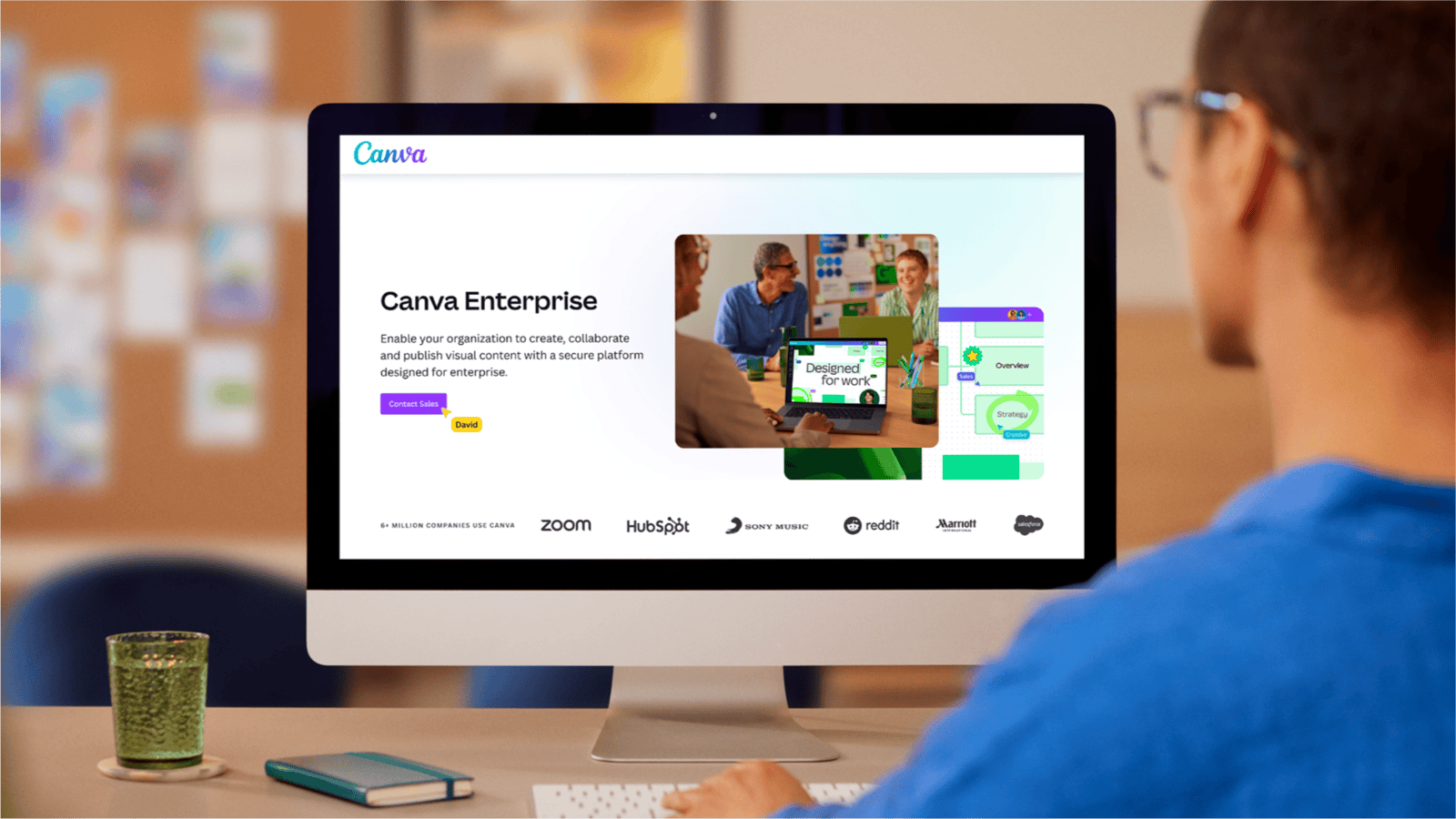
The offering also comes with more sophisticated reporting and admin controls, brand management requirements, and complex security to keep assets safe and on-brand.
Tools for design, content production, AI, and collaboration have been consolidated into one centralised account to scale impact while reducing cost and complexity, the unicorn said.
Brands can also maintain consistency with advanced controls to manage every aspect of a brand. Organisations can manage access to elements and templates in Canva’s library and control who can share content externally.
Rounding out the features are security tools designed to keep organisations safe. This includes MFA, SCIM, SSO, and Canva Shield, an advanced collection of Trust and Safety Tools, as well as indemnification for AI-generated content for eligible customers.
“We have deep and broad usage in over 90% of the Fortune 500,” Obrecht said. “So this really is what we’ve been what we’ve been asked to deliver.”
He also noted that among the organisations to already see huge efficiencies include FedEx and Expedia.
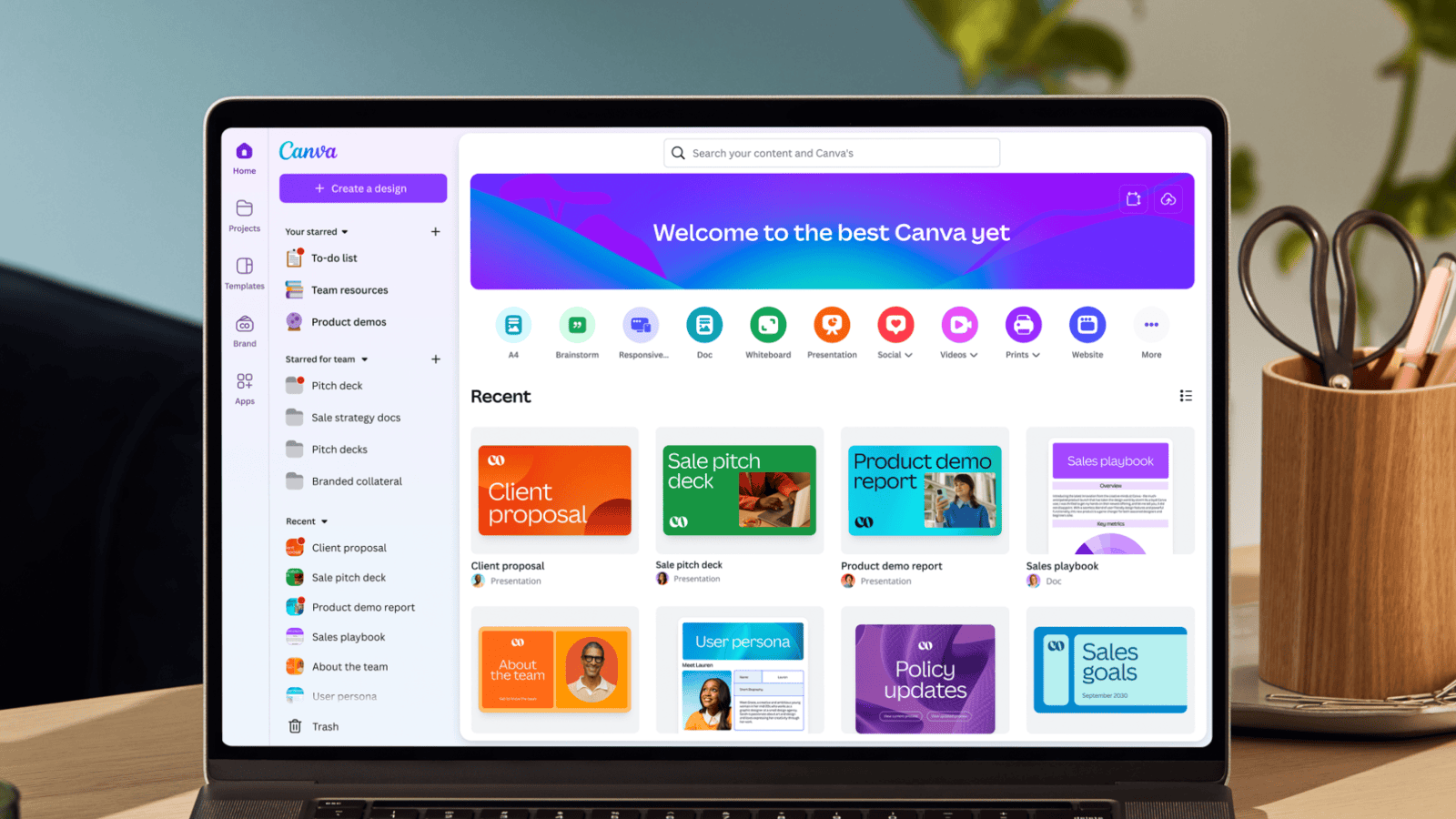
A new UI aims to speed up workflow, with a streamlined editing experience.
A new editing toolbar is designed to create more space and improve focus, and popular tools such as one-click background remover and Canva’s Magic Studio AI tools are now more prominent. The interface is customisable.
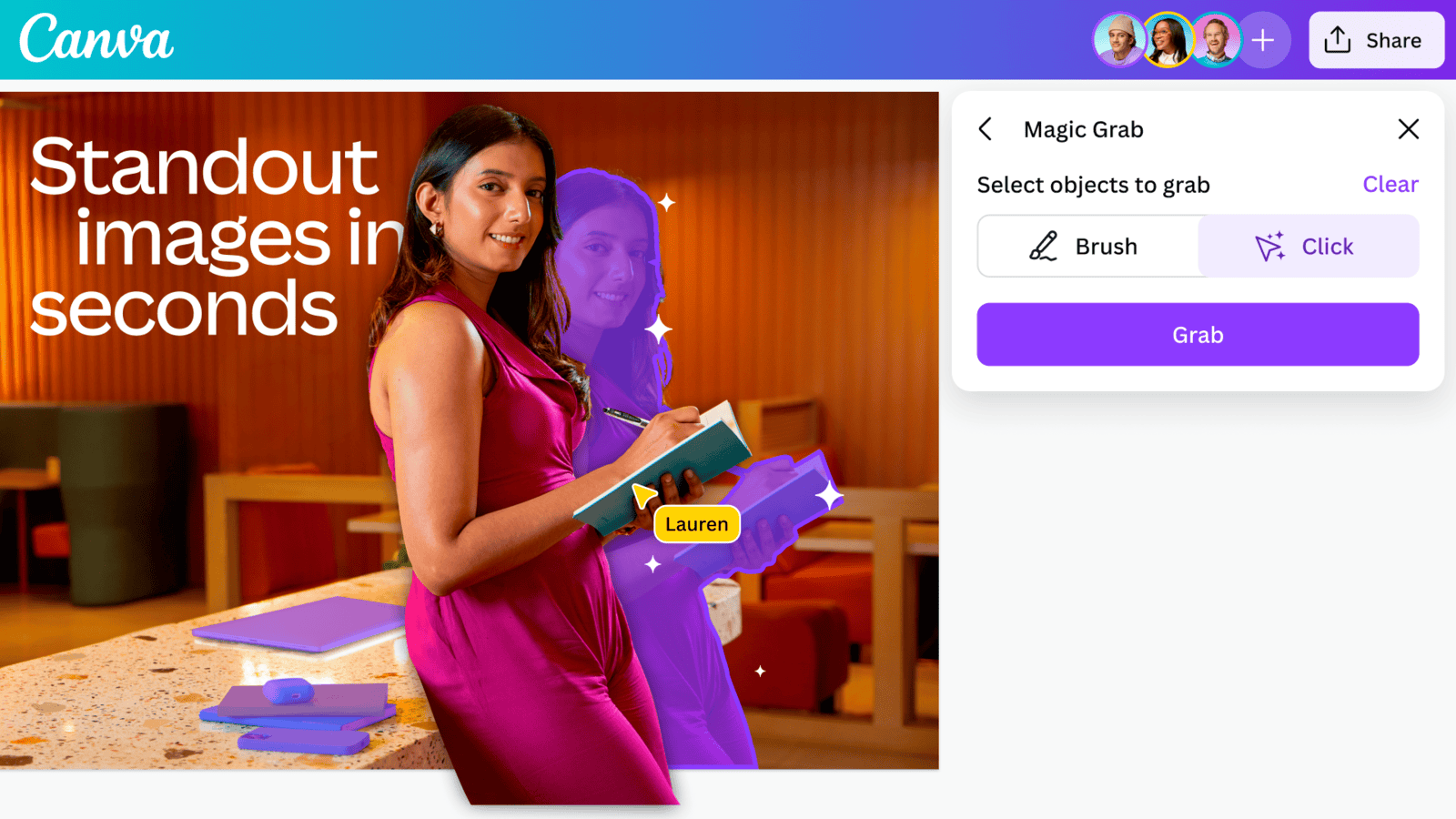
Canva has also introduced a range of Canva Work Kits: industry-curated collections of craft-specific tools that will allow teams to scale output with tools relevant to their work.
The initial work kits are customised for the needs of marketing, creative, HR, and sales departments. Canva also introduced Canva Courses, designed to supercharge workplace learning.
The platform has also continued accelerating its AI capabilities with the expansion of Magic Studio.
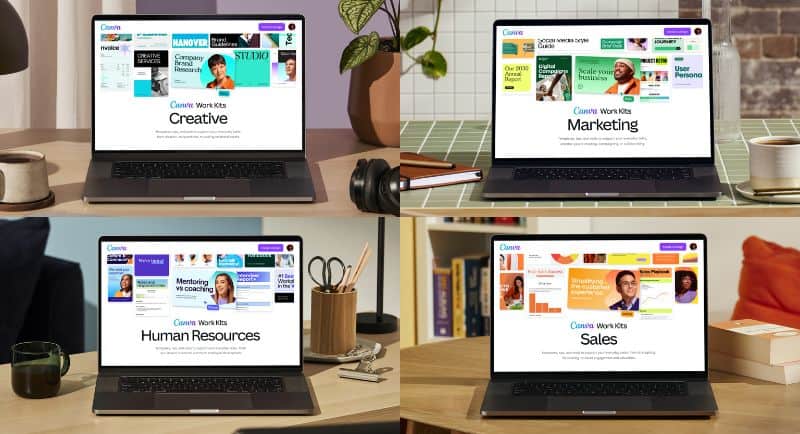
Its visual suite has also been updated with new products, including suggested editing, apps built by Amazon Ads, Google and Meta, Data Autofill and Bulk Create by uploading CSV or Excel files.
Canva has extended its acquisition of Affinity by making it a full-stack solution for designers, graphic designers, illustrators, and typographers. With Affinity v.25 and its new advanced editing options, such as variable font support, stroke width tool and support for ARM64 chips, Canva has supercharged its pro editing performance.
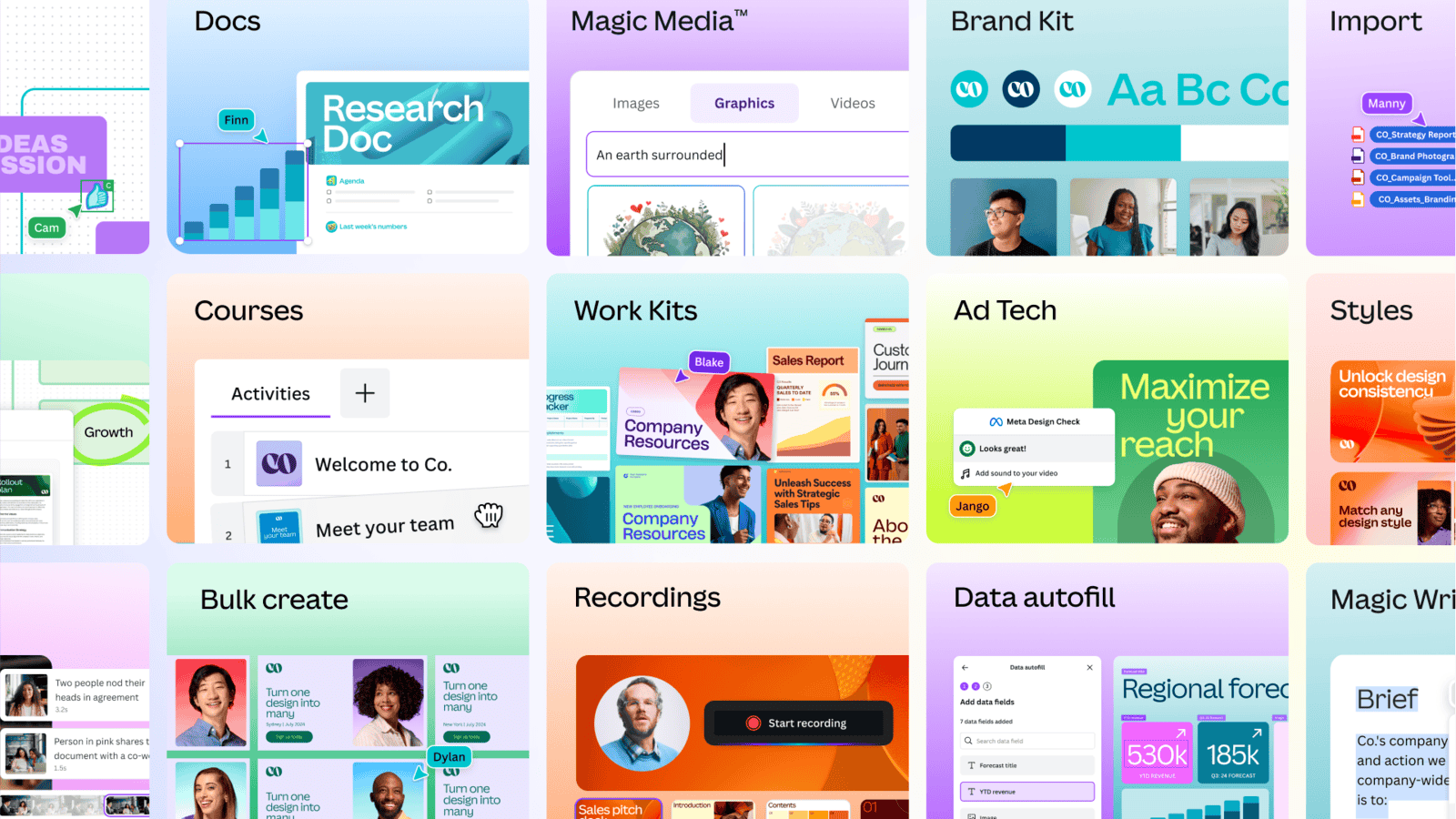
At the keynote presentation in LA, Melanie Perkins, co-founder and CEO of Canva, said: “As demand for visual content soars, navigating organisational complexity is more challenging than ever.
“We democratised the design ecosystem in our first decade and now look forward to unifying the fragmented ecosystems of design, AI, and workflow tools for every organisation in our second decade.”
–
Top image: Cliff Obrecht, Melanie Perkins and Cameron Adams
